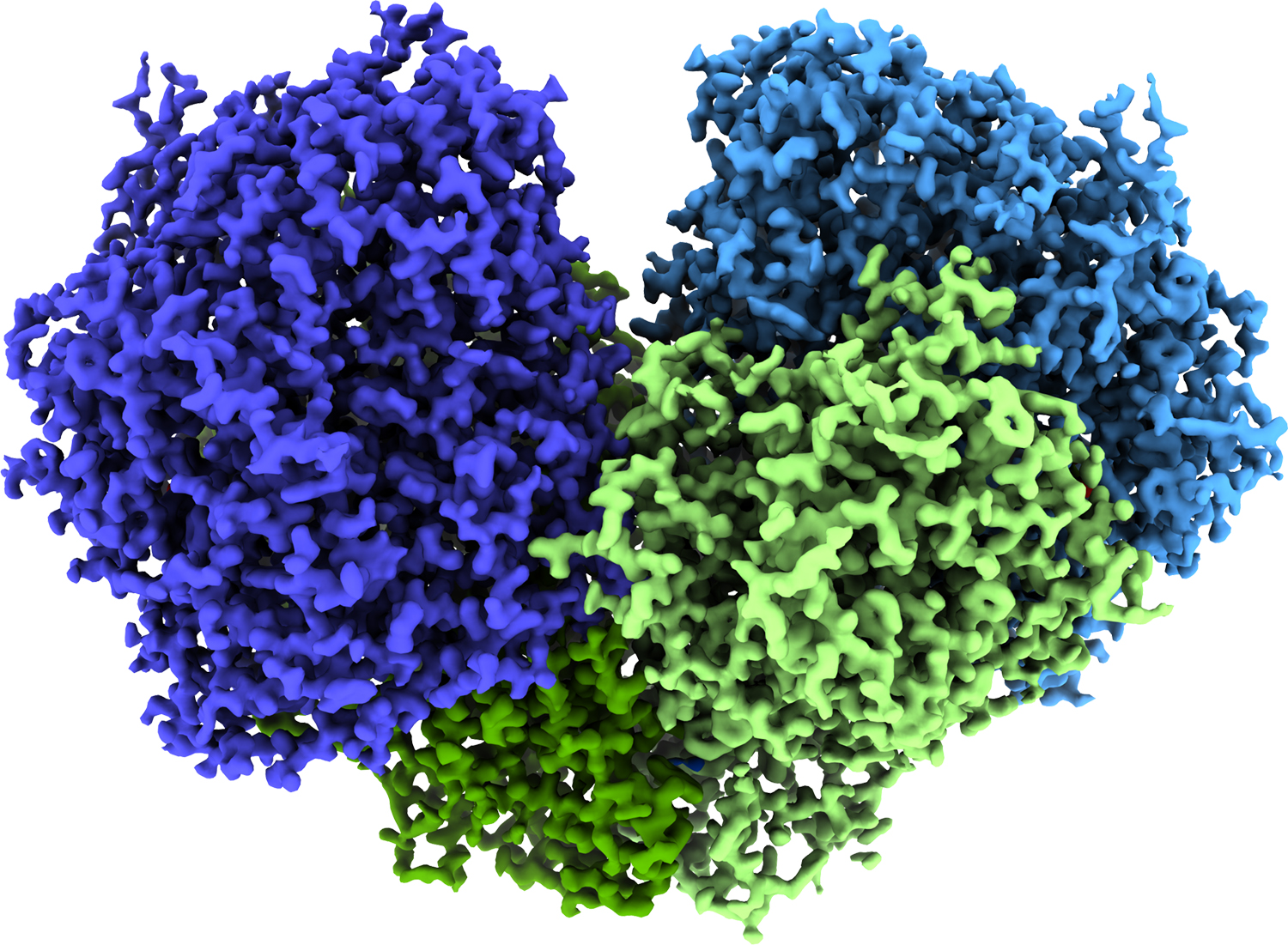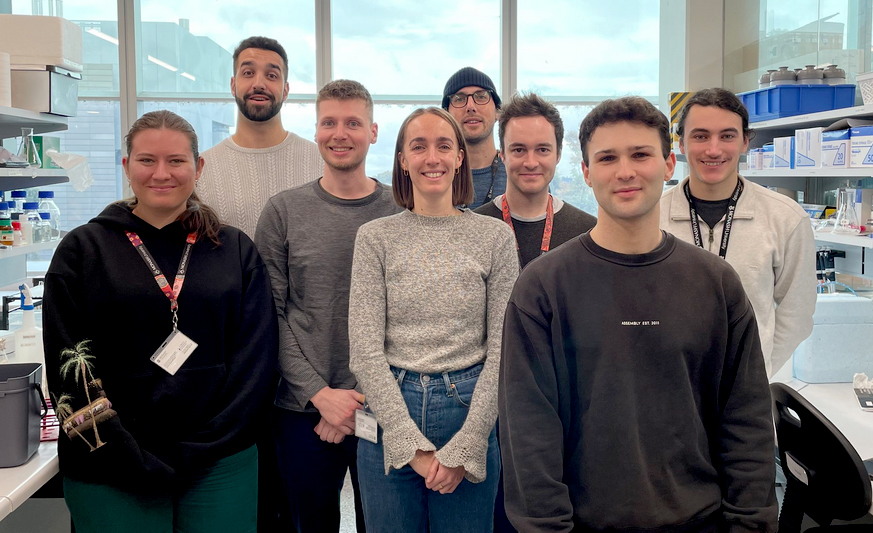Finding alternative and sustainable energy sources to power future technologies is an ongoing challenge. In nature, many biological systems have developed efficient ways of converting chemicals into energy using enzymes. Human engineering is yet to come close to achieving this level of efficiency. Harnessing these biological systems could allow us to benefit from what evolution has already achieved.
By seeking to understand how bacteria survive in their environments, Monash researchers have made an exciting discovery that could lead to a new source of power.
Scientists from Monash University, led by Dr Rhys Grinter and Prof. Chris Greening, discovered that an enzyme produced by a common bacterium found in soil, naturally converts hydrogen in the air into electricity. Their discovery is now published in Nature.
Many bacteria use enzymes to convert hydrogen from the environment into energy. However, the soil bacterium Mycobacterium smegmatis has an enzyme called Huc, which is different. When isolated, it is very stable and can tolerate temperatures from −80°C to 80°C.
The team’s experiments showed that Huc can generate an electrical current from hydrogen in the air and that this current was enough to power a small electrical circuit. Huc can generate this current at very low levels of hydrogen: much lower than other enzymes, although it does produce more current when more hydrogen is available. Unlike other hydrogen-converting enzymes, Huc isn’t hindered by oxygen. While Huc couldn’t generate large-scale electricity, it could be used to develop small hydrogen-powered devices, such as watches and smartphones.
To work out how the enzyme converts hydrogen into electricity, the team used cryogenic transmission electron microscopy (cryo-TEM) in our Monash University facility to understand the structure of the enzyme.

A Cryo-EM map showing the Huc core catalytic complex at near atomic resolution.
By understanding the structure of Huc, the researchers can link its structural features with its ability to convert hydrogen to electricity. This can be used to improve the efficiency of this conversion, or even design other enzymes for a variety of useful chemical reactions.
The cryo-TEM revealed a four-lobed structure (right) that sits on a supporting stalk. It contains clusters of nickel, iron and sulfur that facilitate the chemical conversion of hydrogen into electricity and a nanowire made of iron and sulfur clusters that transfer it out of the enzyme. In M. smegmatis, this electricity is used to power the bacterial cell. However, it can also be used to power an electrical circuit.
Fuel cells built to use purified Huc could, in theory, continue generating power from the air indefinitely, or at least as long as the enzyme lasts. The team will explore this further.
This enzyme shows potential for generating clean electricity that only requires air as fuel. When commercialised, Huc fuel cells should be ideal for many small devices, especially those where a solar power would not be feasible but ongoing power is essential, such as in underground sensors or implanted medical devices. It also links to Australia’s major push towards hydrogen as a fuel source.
More broadly, the detailed knowledge of Huc’s structure and functionality could inform the development of new, synthetic biology approaches to catalysis.

The Grinter Lab team.
Ginter et al., Nature 2023 DOI: 10.1038/s41586-023-05781-7
Two of the project leads, Ashleigh Kropp and Dr Rhys Grinter, in the Grinter Lab at Monash University's Biomedicine Discovery Institute. (c) Monash University
October 3, 2023